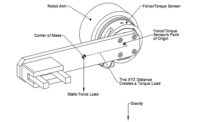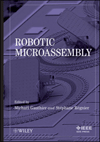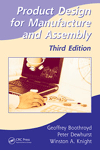LONDON—Engineers at Queen Mary University here have developed a sensor that enhances tactile capabilities in robots, allowing them to “feel” objects and adjust grip accordingly. L3 F-TOUCH is lightweight, low-cost and wireless, making it an affordable option for retrofitting existing end-of-arm tooling.
The sensor can measure an object’s geometry and determine the forces necessary to interact with it. Unlike other sensors that estimate interaction forces via tactile information acquired by camera images, the device measures forces directly, achieving higher measurement accuracy.
“In contrast to its competitors…L-3 F-TOUCH measures interaction forces directly through an integrated mechanical suspension structure with a mirror system, achieving higher measurement accuracy and wider measurement range,” says Kaspar Althoefer, Ph.D., professor of robotics engineering at Queen Mary University and head of the Centre for Advanced Robotics.
“The sensor is physically designed to decouple force measurements from geometry information,” explains Althoefer, “Therefore, the sensed three-axis force is immune from contact geometry compared to its competitors. Through embedded wireless communications, the sensor also outperforms [alternatives] with regards to integrability with robot hands.”
When the sensor touches the surface, a compact suspension structure enables the elastomer to displace upon contact. To make sense of this data, the elastomer’s displacement is tracked by detecting the movement of a special marker. The ARTag allows engineers to measure contact forces along the X, Y and Z axes via a calibration process.
“We will focus our future work on extending the sensor’s capabilities to measure not only force along the three major axes, but also rotational forces such as twist, which could be experienced during screw fastening, while remaining accurate and compact,” says Althoefer. “These advancements can enable the sense of touch for more dynamic and agile robots in manipulation tasks, even in human-robot interaction settings.”




